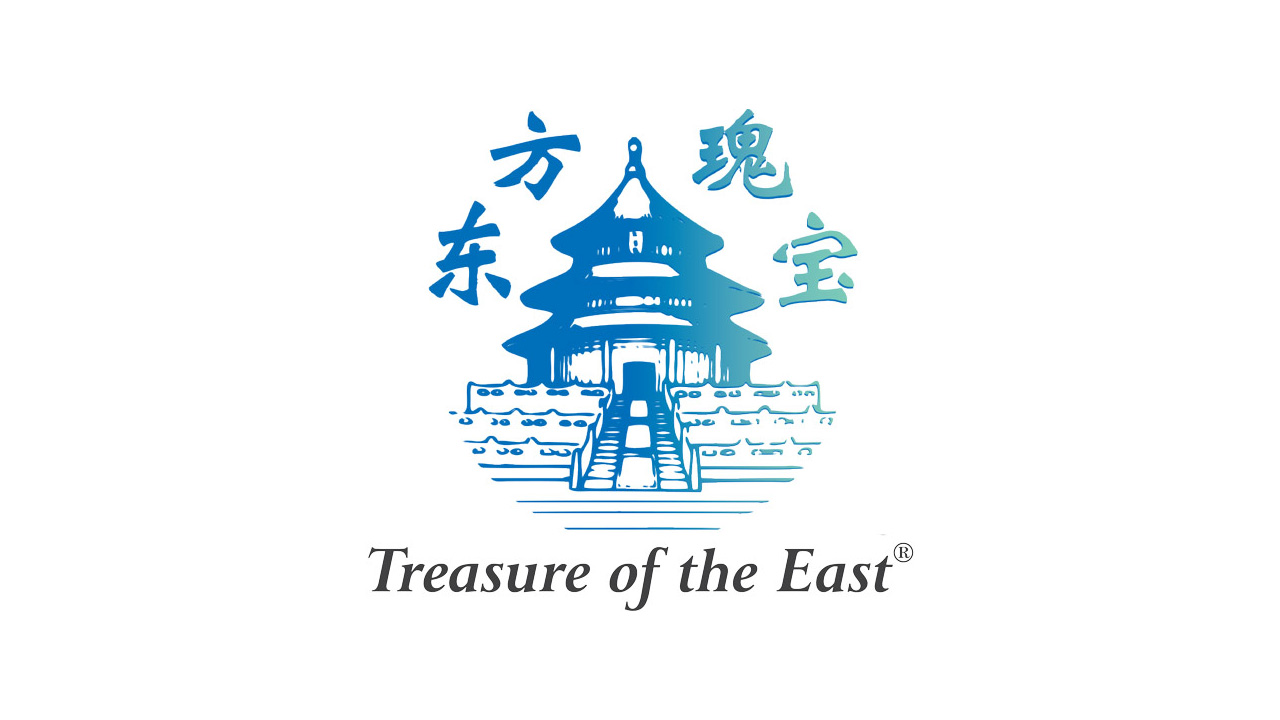By Dr. Ann Wang, CMD, LAc
Edited by Carly Rodriguez

Dang Gui (Angelica sinensis), also known as Chinese angelica root or Dong Quai, is a widely used herb in TCM. Dang Gui is traditionally referenced in TCM herbal formulations for supporting women’s health, menstrual regulation, blood circulation, and pain relief.
Based on different processing methods and plant parts, there are three different types: Dang Gui (unprocessed), Dang Gui (Jiu) (processed with wine), and Dang Gui Wei (root branch). While they share common medicinal properties, each has distinct therapeutic functions and specific clinical applications in TCM. This article examines the similarities and differences between these two approaches, as well as their applications in herbal medicine, acupuncture therapy, and holistic health practices. Similarities Among Dang Gui, Dang Gui (Jiu), and Dang Gui Wei:
- All three varieties originate from the root of Angelica sinensis, a plant in the Apiaceae family, which is widely cultivated in China for its medicinal properties.
- In all its forms, Dang Gui is known to share TCM benefits:
- Tonify and invigorate the blood
- Regulate the menstrual cycle
- Moisten the intestines to support regular bowel movements
- Address discomfort associated with blood deficiency or stasis
Due to these functions, Dang Gui is often included in formulas for patterns involving blood deficiency, irregular menstruation, postpartum weakness, and other gynecological presentations described in TCM.
- Dang Gui is a commonly used ingredient in many classic Chinese herbal formulas, for example:
- Si Wu Tang: A blood-tonifying formula containing
- Dang Gui, Chuan Xiong, Bai Shao, and Shu Di Huang, customarily prescribed for supporting menstrual health and postpartum care.
Differences Among Dang Gui, Dang Gui (Jiu), and Dang Gui Wei
| Type of Dang Gui | Characteristics | Primary Effects | Historical Applications |
|---|---|---|---|
| Dang Gui | Unprocessed whole root | Nourish and invigorate blood, support regular menstruation, and moisten the intestines | Conventionally used for patterns of blood deficiency, presenting with pale complexion, irregular menstruation, or postpartum weakness, and sometimes with dryness affecting the intestines. |
| Dang Gui (Jiu) | Root stir-fried with yellow rice wine | Enhance blood circulation, dispel blood stasis, and relieve pain | Traditionally applied when blood stagnation leads to menstrual pain, irregular cycles, or obstruction of channels, manifesting as joint discomfort. |
| Dang Gui Wei | Derived from the root tail | Strong blood-moving and stasis-removing effects | Historically directed toward blood stasis patterns with associated pain, menstrual obstruction, or trauma-related stagnation. |
Key Differences in Clinical Use
- Dang Gui: Historically associated with blood deficiency patterns, such as anemia, postpartum weakness, and chronic fatigue.
- Dang Gui (Jiu): The wine-processing enhances its ability to invigorate blood circulation, making it more effective in TCM for patterns of blood stasis with menstrual pain, blood stagnation, and joint pain.
- Dang Gui Wei: Specially used for blood circulation enhancement and pain relief, making it ideal for treating pronounced blood stasis patterns, such as injuries, bruises, and pain following trauma.
Clinical Applications of Dang Gui in TCM
- Blood Nourishment & Menstrual Support
- Supported by Dang Gui
- Recommended Formula: Si Wu Tang
- TCM Indications:
- Blood deficiency patterns, often marked by pale complexion, irregular menstruation, postpartum weakness, or fatigue
- Modern Applications:
- Practitioners will sometimes incorporate this formula into contemporary herbal practice for overall support of women’s cycles and recovery after childbirth, based on traditional principles
- Also used in Chinese herbal soups for nourishment
- Blood Circulation & Stasis Removal
- Supported by Dang Gui (Jiu) & Dang Gui Wei
- Recommended Formula: Xue Fu Zhu Yu Tang
- TCM Indications:
- Patterns including irregular menstruation, headaches due to blood stagnation, or trauma after injury
- Modern Applications:
- Referenced in contemporary practice for patterns of stagnation manifesting as pain or slowed recovery
- Rheumatic Pain & Joint Health
- Supported by Dang Gui (Jiu)
- Recommended Formula: Du Huo Ji Sheng Tang
- TCM Indications:
- Bi syndrome patterns with joint pain, weakness, or lower back pain
- Modern Applications:
- Currently used in TCM formulas supporting joint health in aging populations
- Digestive Health & Constipation Relief
- Supported by Dang Gui
- Recommended Formula: Run Chang Wan
- TCM Indications:
- Patterns of intestinal dryness associated with blood deficiency, sometimes seen after childbirth
- Modern Applications:
- Commonly used in TCM digestive health supplements
Choosing the Right Type of Dang Gui
Dang Gui, in its various forms, plays a vital role in Chinese herbal medicine, particularly in gynecology, the treatment of blood-related patterns, and formulas addressing pain or supporting digestive health.
- Dang Gui: Best for nourishing blood > Historically used for patterns including anemia, fatigue, and general women’s health.
- Dang Gui (Jiu): Best for blood circulation & pain relief > Traditionally prescribed for menstrual pain, joint health, and rheumatic conditions.
- Dang Gui Wei: Best for removing blood stasis > Conventionally utilized for injury recovery and severe blood stagnation disorders.
Across its different forms, Dang Gui has long held an important place in TCM. Each type shares the ability to nourish and move blood, while offering unique qualities shaped by preparation method and plant part. From supporting blood deficiency to addressing stasis, Dang Gui is referenced in many classic formulas and remains a versatile herb in daily clinical practice. By understanding the distinctions between these three types, practitioners can more precisely select the form best suited to a given TCM pattern, honoring the tradition of individualized care that lies in the heart of Chinese medicine.
This article is provided only as an educational resource – it is not intended or implied to be a substitute for professional medical advice, and the herbs and/or formulas within are not intended to diagnose, treat, cure, or prevent any diseases. The statements regarding traditional Chinese medicine and herbal formulas have not been evaluated by the Food and Drug Administration (FDA). This information is intended only for licensed healthcare practitioners.

Dr. Ann Wang, CMD, LAc, is the founder and herbal expert behind Treasure of theEast. She moved her practice from China to the US in the late 1980s. When she struggled to get the clinical results she was used to getting back home, Dr. Wang returned to China again and again, to bring back the best quality herbs for her patients. In 1994, Treasure of the East became the first FDA-registered supplier of TCM granule herbs from mainland China, manufactured by Tianjiang Pharmaceutical. Now, Treasure of the East is a major supplier of premium herbs for TCM practitioners nationally. Dr. Wang has since retired from clinical practice but continues to put her energy and herbal expertise into Treasure of the East.
